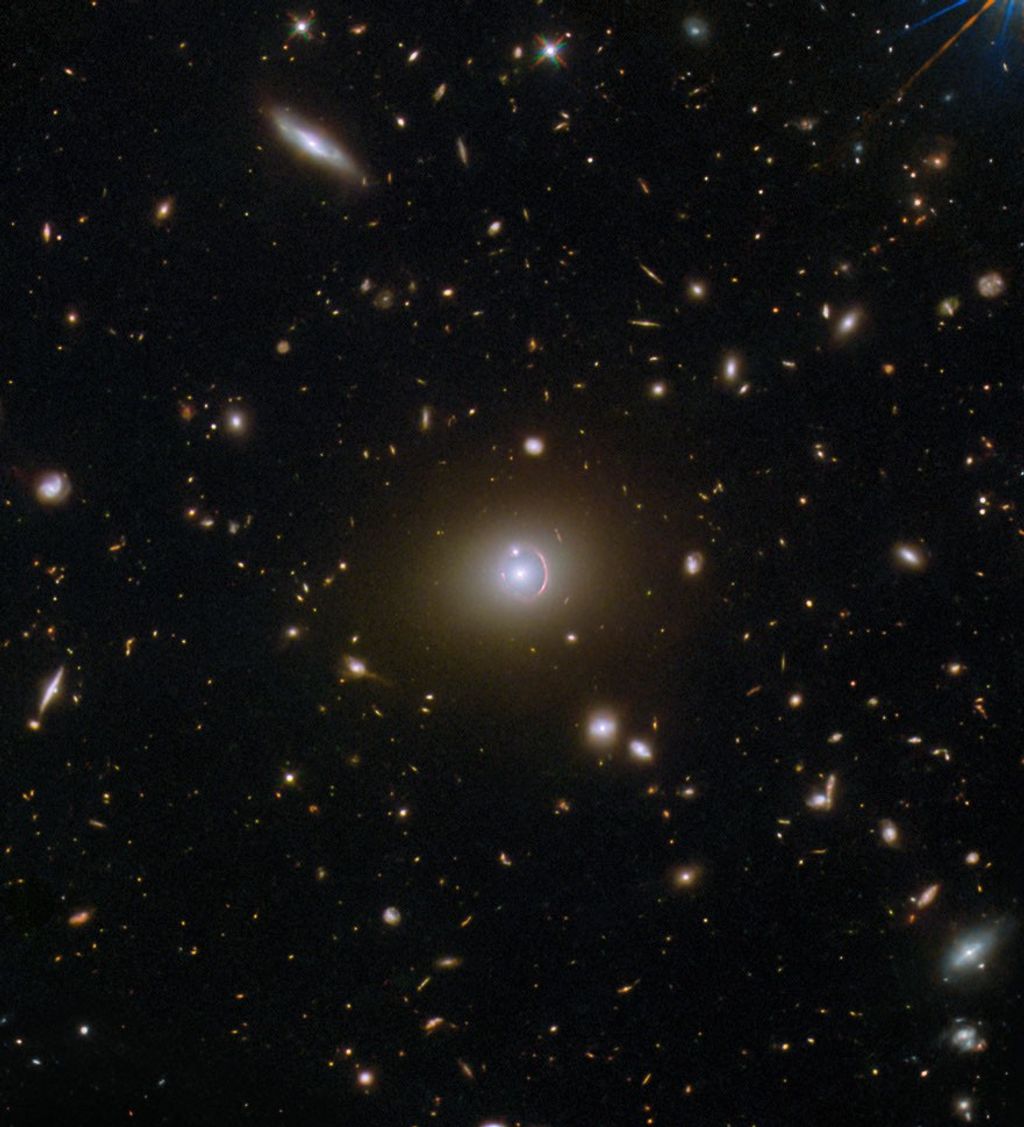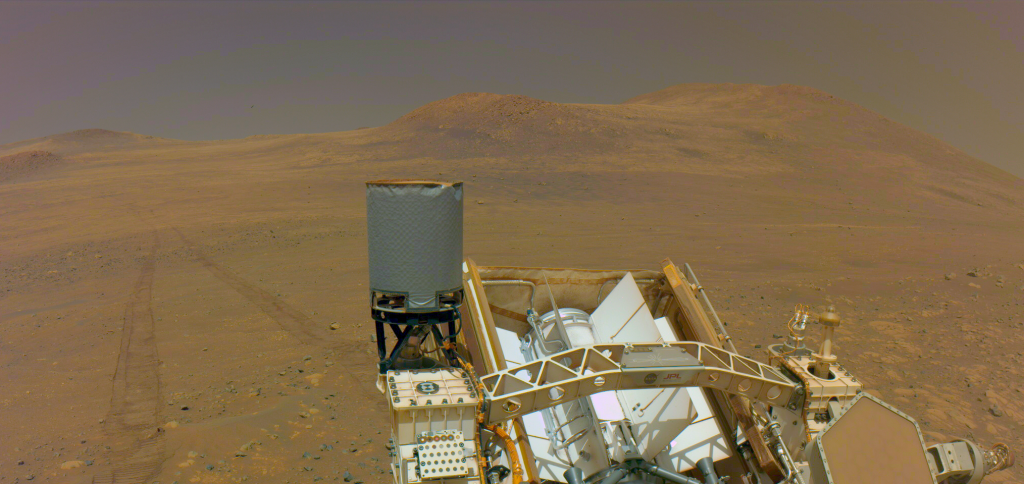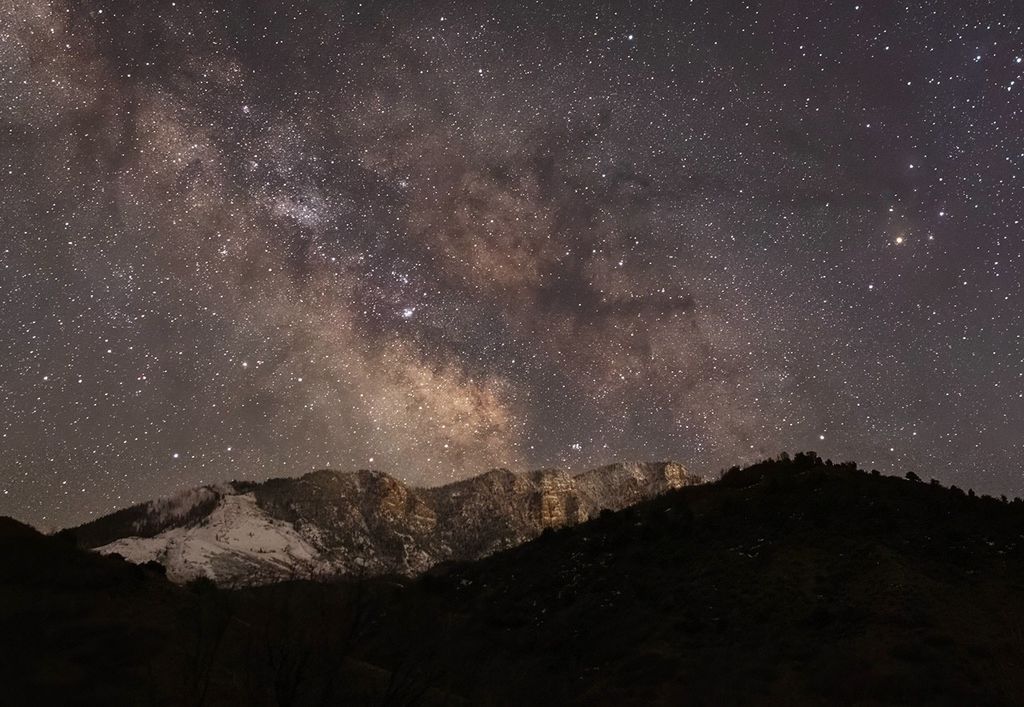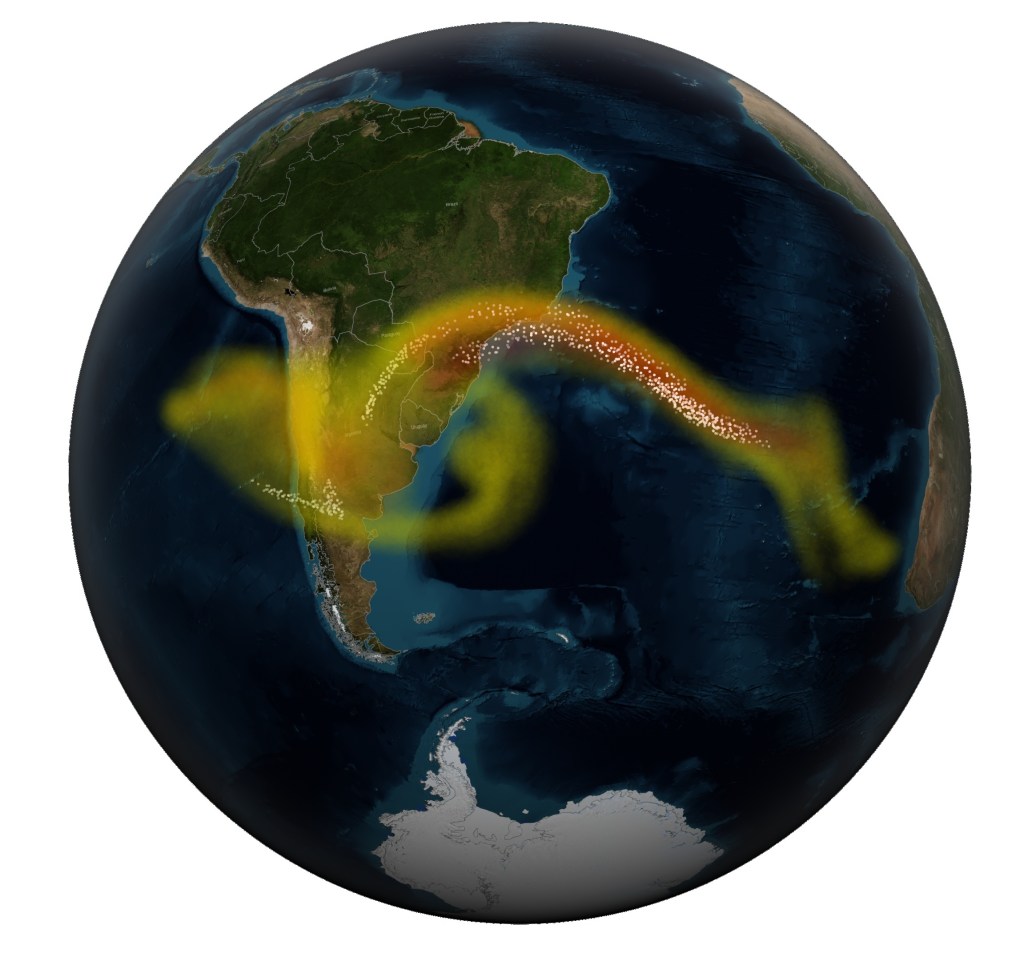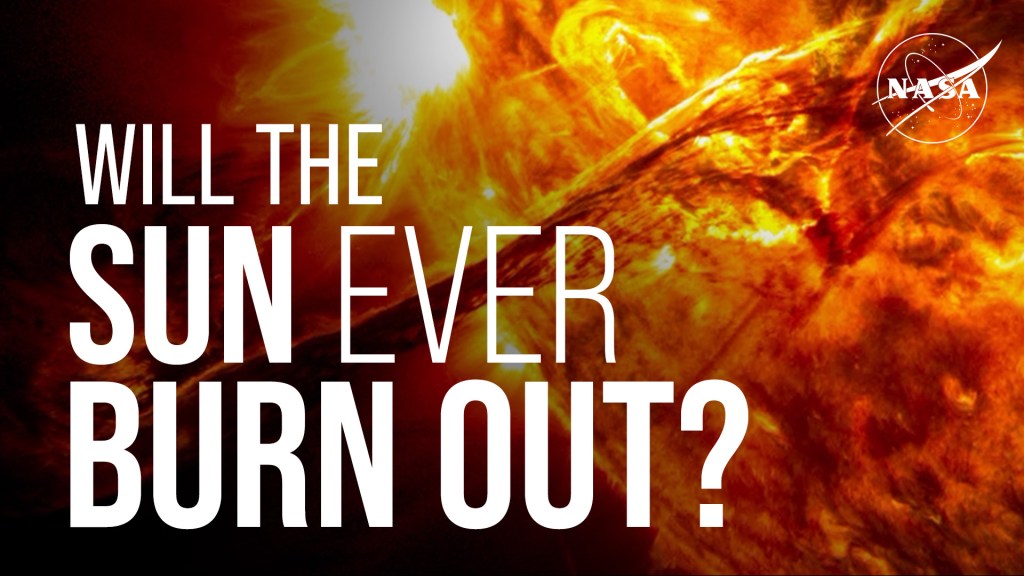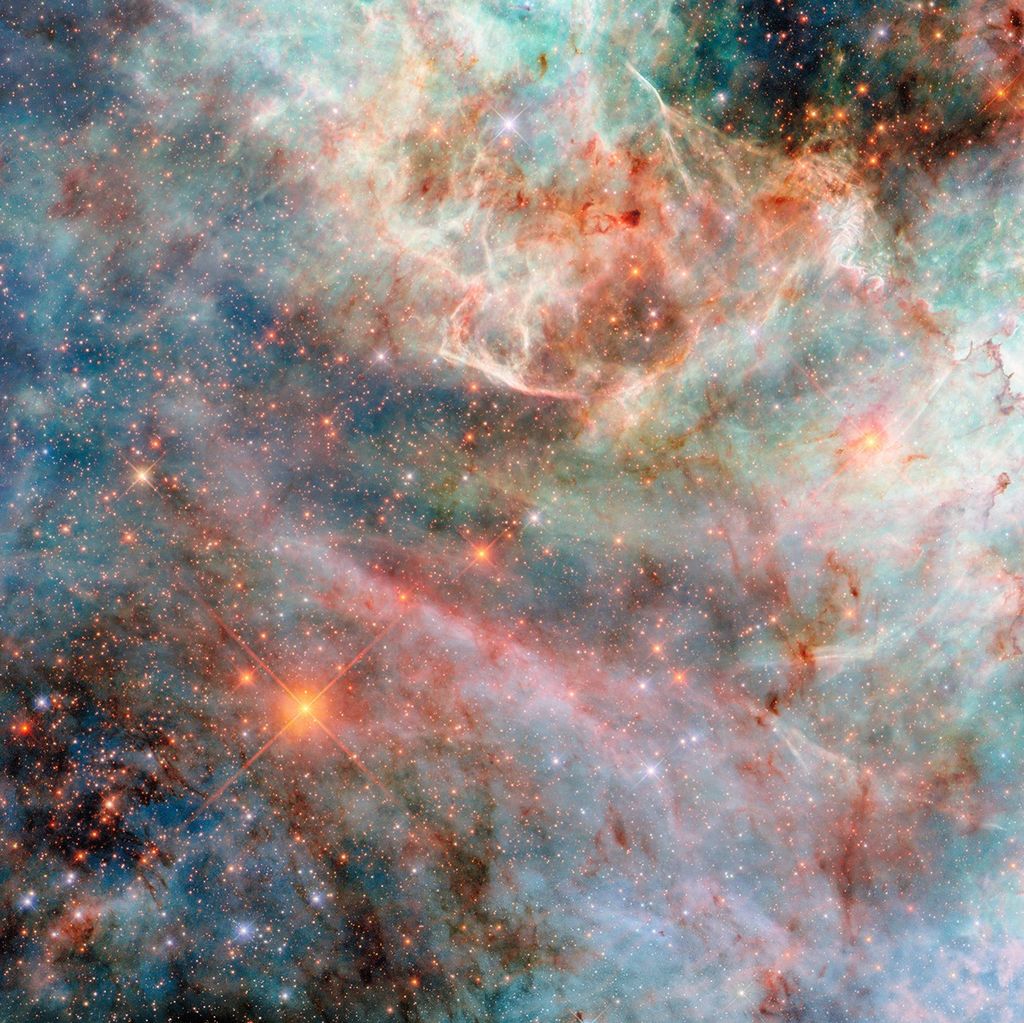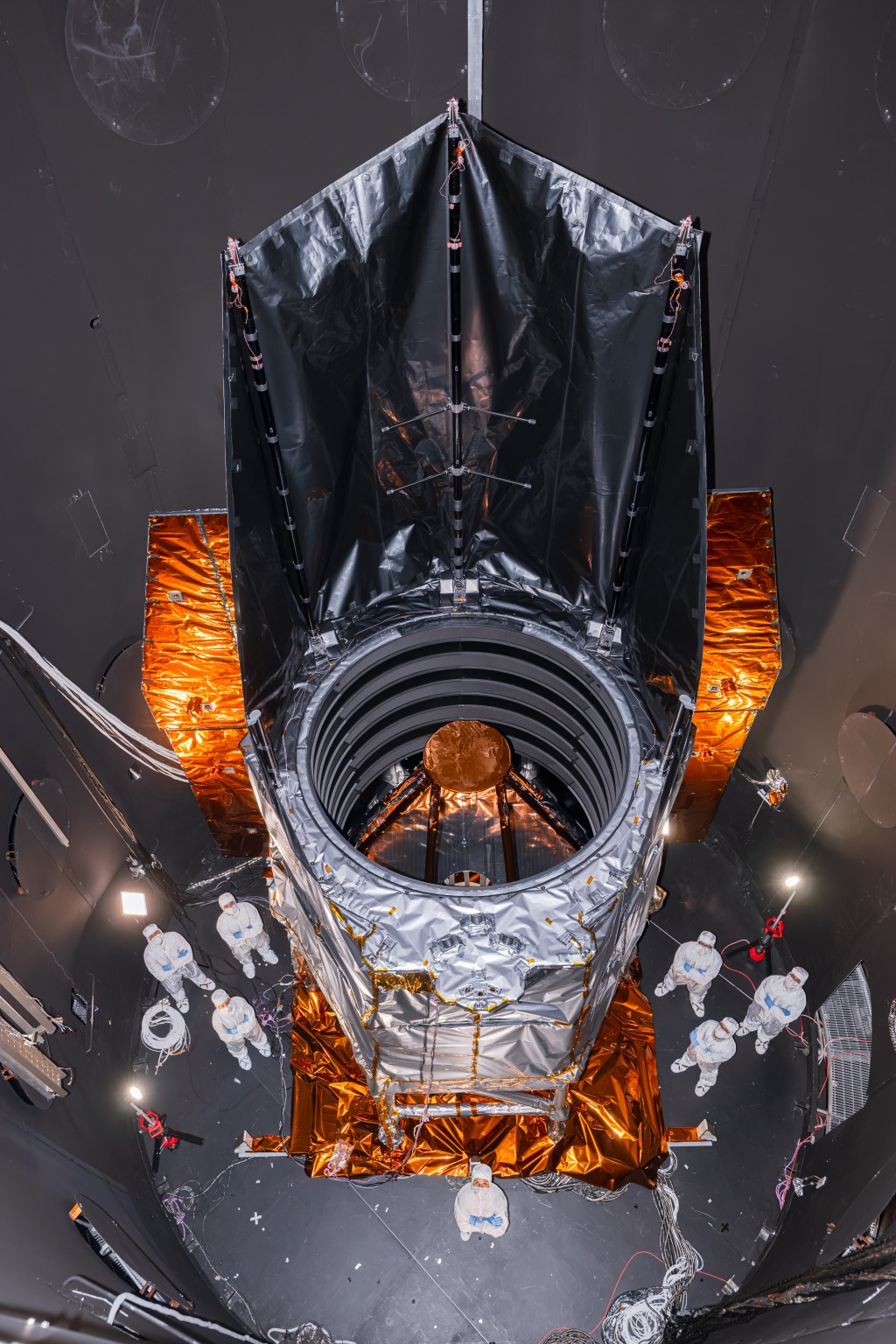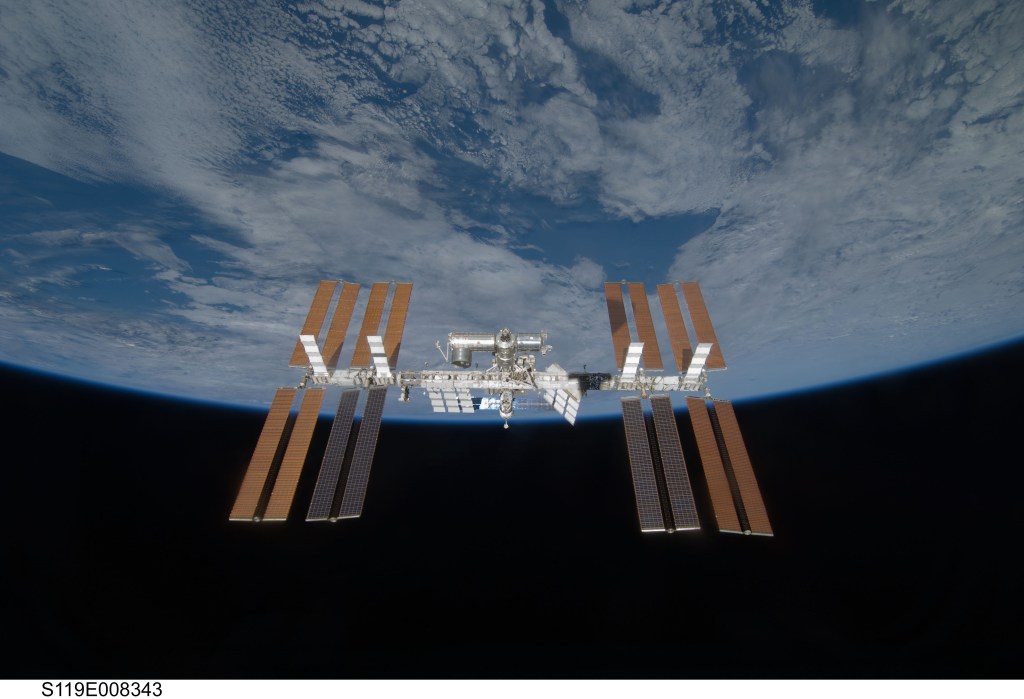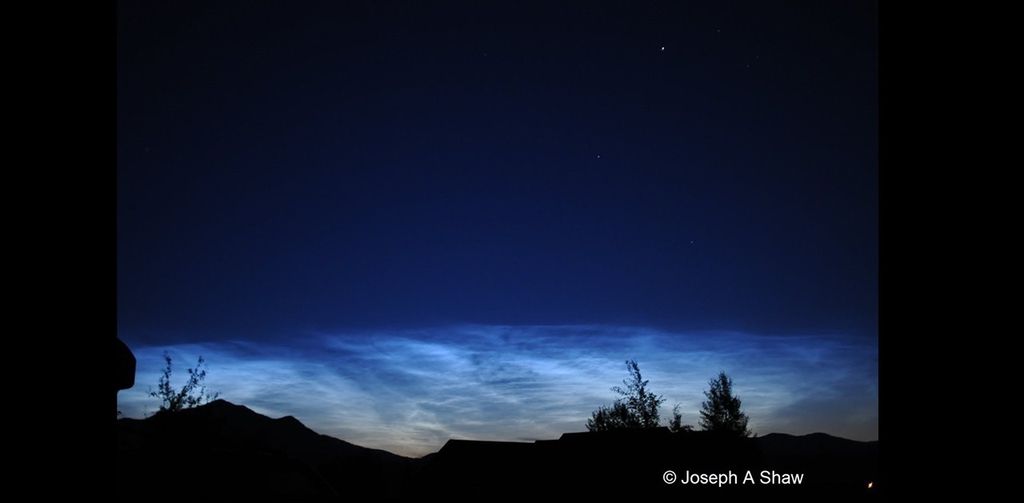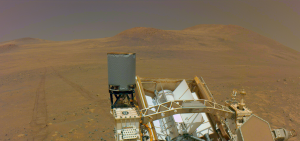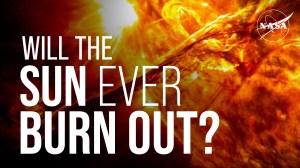19 min read
February 2022: The Next Full Moon is the Snow, Storm, or Hunger Moon
The Next Full Moon is the Snow, Storm, or Hunger Moon; the Wolf or Candles Moon.
The Next Full Moon is the Snow, Storm, or Hunger Moon; the Wolf or Candles Moon; the Full Moon corresponding to Purim Katan and the Chinese Lantern Festival; Magha Purnima; and Navam Poya.
The next full Moon will be midday on Wednesday, Feb. 16, 2022, appearing opposite the Sun in Earth-based longitude at 11:57 a.m. EST. This will be on Thursday morning from China Standard Time eastward to the International Date Line. The Moon will appear full for about three days around this time, from about midnight Tuesday morning to about midnight Thursday night. The bright star appearing near the full Moon will be Regulus.
One Moon, Many Names
The Maine Farmers' Almanac began publishing Native American names for full Moons in the 1930s and these names have become widely known and used. According to this almanac, as the full Moon in February, the tribes of what is now the northeastern United States called this the Snow Moon or the Storm Moon because of the heavy snows that fall in this season. Bad weather and heavy snowstorms made hunting difficult, so this Moon was also called the Hunger Moon. NOAA monthly averages for the Washington, D.C. area airports (DCA and IAD) from 1991 to 2020 show January and February nearly tied as the snowiest months of the year (with February 1/10 inch ahead).
According to some sources, the Wolf Moon is an old European name for this full Moon. Another European name is the Candles Moon, tied to Candlemas on Feb. 2.
Since there are two months of Adar in the Hebrew calendar this year, the major holiday of Purim will be celebrated next month, and this full Moon corresponds with Purim Katan or "Little Purim."
Tuesday, Feb. 15, 2022, will be the Chinese Lantern Festival. This is the traditional end of the Chinese New Year celebrations and is held on the 15th day of the first month of the Chinese Calendar.
In the Purnimanta tradition that ends the months on the full Moon day, this full Moon (Purnima) is Magha Purnima, the last day of the month of Magha. In the Hindu and Buddhist calendars, Magha is the month when the full Moon is in the lunar mansion that contains the star we call Regulus. For Hindus, Magha is a month for austerity, performing acts of charity, and ritual bathing in a sacred river.
For Buddhists, this full Moon corresponds with Māgha Pūjā, the second-most important festival of the year. Māgha Pūjā is celebrated on the full Moon day of the third lunar month in Cambodia, Laos, Thailand, and Sri Lanka; and on the full Moon day of Tabaung in Myanmar. It celebrates a gathering of the Buddha with 1,250 of his first disciples, which, according to tradition, preceded the custom of periodic recitation of discipline by monks.
On the day, Buddhists celebrate the creation of an ideal and exemplary community, which is why it is sometimes called Saṅgha Day, Saṅgha referring to the Buddhist community. In Thailand, the Pāli term Māgha-pūraṇamī is also used for the celebration. Some authors refer to this day as the Buddhist All Saints Day. In Sri Lanka, this full Moon is called Navam Poya and celebrations also include a procession of approximately 5,000 people and many elephants, called Gangaramaya Navam.
The Moon's Connection to Calendars
In most lunar and lunisolar calendars, the months change with the new Moon and full Moons fall in the middle of the lunar month. This full Moon is the middle of the first month of the Chinese calendar, the first Adar in the Hebrew calendar, and Rajab in the Islamic calendar. Rajab is one of the four sacred months in which warfare and fighting are forbidden.
As usual, the wearing of suitably celebratory celestial attire is encouraged in honor of the full Moon. Stay warm; watch out for snow storms; avoid starting wars; and when the weather is clear, take advantage of these early nightfalls to get out, look up, and share the wonders of the sky!
Summary of Celestial Events
As winter continues, the daily periods of sunlight continue to lengthen. On Wednesday, Feb.16, 2022 (the day of the full Moon), morning twilight will begin at 6:00 a.m. EST, sunrise will be at 6:58 a.m., solar noon will be at 12:22:07 p.m. when the Sun will reach its maximum altitude of 38.97 degrees, sunset will be at 5:47 p.m., and evening twilight will end at 6:45 p.m.
On the day before Daylight Saving Time starts, Saturday, March 12, morning twilight will begin at 5:27 a.m. EST, sunrise will be at 6:24 a.m., sunset will be at 6:12 p.m., and evening twilight will end at 7:10 p.m.
On the first day of Daylight Saving Time, Sunday, March 13, morning twilight will begin at 6:25 a.m. EDT, sunrise will be at 7:22 a.m., sunset will be at 7:13 p.m., and evening twilight will end at 8:11 p.m. By Friday, March 18 (the day of the full Moon after next), morning twilight will begin at 6:17 a.m. EDT, sunrise will be at 7:15 a.m., solar noon will be at 1:16:02 p.m. when the Sun will reach its maximum altitude of 50.37 degrees, sunset will be at 7:18 p.m., and evening twilight will end at 8:16 p.m.
Evening Sky Highlights
On the evening of Wednesday, Feb.16, 2022 (the day of the full Moon), as evening twilight ends (at 6:45 p.m. EST), the bright planet Jupiter will be setting on the western horizon. The full Moon will appear about 9 degrees above the east-northeastern horizon near the bright star Regulus.
The bright stars of the local arm of our home galaxy, including the constellation Orion, will appear spread from the southeastern horizon up toward the Northwest. Sirius, the brightest of the stars in our night sky, will appear 25 degrees above the southeastern horizon. The bright star appearing nearest to overhead will be Capella at 78 degrees above the northeastern horizon. Although we see Capella as a single star (the 6th brightest in our night sky), it is actually four stars (two pairs of stars orbiting each other). Capella is about 43 light-years from us.
As the lunar cycle progresses, the background of stars will appear to shift westward each evening (although it is actually the Earth that is moving around the Sun toward the East). Although Jupiter will have already set, it may still be visible low on the western horizon after sunset for a few more evenings (until about Feb.24).
On March 4, the waxing crescent Moon will appear like a smile in the western sky, called the Wet or the Cheshire Moon. The waxing Moon will appear near the Pleiades on March 8, the bright star Pollux on March 12, and the bright star Regulus on March 15.
By the evening of Friday, March 18, 2022 (the day of the full Moon after next), as evening twilight ends (at 8:16 p.m. EDT), the full Moon will appear about 4 degrees above the eastern horizon. The bright stars of the local arm of our home galaxy will appear spread from the South-Southeast toward the Northwest. Sirius, the brightest of the stars in our night sky, will appear 34 degrees above the southern horizon.
The bright star appearing nearest to overhead will be Pollux (the brighter of the twin stars in the constellation Gemini) at 75 degrees above the southeastern horizon. Pollux is an orange-tinted star about 34 lightyears from Earth. It is not quite twice the mass of our Sun but about 9 times the diameter and 33 times the brightness.
Morning Sky Highlights
On the morning of Feb.16, 2022 (the day of the full Moon), as morning twilight begins (at 6:00 a.m. EST), the bright planet Venus will appear 15 degrees above the southeastern horizon. The planet second in brightness will be Mercury appearing 3 degrees above the east-southeastern horizon. The planet Mars will appear to the lower right of Venus at 10 degrees above the southeastern horizon. The full Moon will appear low on the west-northwestern horizon near the bright star Regulus.
The bright star appearing closest to overhead will be Arcturus at 63 degrees above the southwestern horizon. Arcturus is the 4th brightest star in our night sky and is 36.7 light-years from us. While it has about the same mass as our Sun, it is about 2.6 billion years older and has used up its core hydrogen, becoming a red giant about 25 times the size and 170 times the brightness of our Sun.
As the lunar cycle progresses, the background of stars will appear to shift westward each morning, but not so the planets. Venus and Mars will remain near each other and in approximately the same part of the sky. Venus will remain very bright as it was at its brightest for the year earlier in the month. Mercury will appear to shift toward the lower left each morning. Feb.20 will be approximately when the planet Saturn will start emerging from the glow of dawn, rising earlier than 30 minutes before sunrise.
The waning gibbous Moon will appear near the bright star Spica on Feb. 21. This will also be the morning when Venus will appear at its highest above the southeastern horizon (15.5 degrees) as morning twilight begins. The half Moon will appear near the bright star Antares on Feb. 24. The crescent Moon will appear near the planet Mars on Feb. 27, forming a line with Venus.
This will also be the last morning that Mercury will appear above the east-southeastern horizon as morning twilight begins, although it may still be visible in the glow of dawn until about March 13. On the morning of Feb. 28, you might be able to see the planet Mercury appearing to the left of the thin, waning crescent Moon with the fainter planet Saturn to the lower left of Mercury on the east-southeastern horizon.
Saturn will rise about 7 minutes after morning twilight begins and there will be less than 20 minutes before the sky becomes too bright to see these planets. On the morning of March 2, you might be able to see the planets Mercury and Saturn appearing at their nearest to each other low in the east-southeastern horizon, rising after morning twilight begins. You will need a very clear view of the east-southeastern horizon and possibly binoculars to see them in the glow of dawn. On March 5, Saturn will begin rising in the east-southeast before morning twilight begins, and will shift toward Venus and Mars over subsequent mornings.
Although Venus and Mars will have appeared near each other throughout the lunar cycle, they reach their closest the morning of March 16.
By the morning of March 18, 2022 (the day of the full Moon after next), as morning twilight begins (at 6:17 a.m. EDT), the bright planet Venus will appear 12 degrees above the east-southeastern horizon, next in brightness will be Saturn at 5 degrees above the east-southeastern horizon, and Mars will appear to the lower right of Venus at 10 degrees above the southeastern horizon.
The full Moon will appear 15 degrees above the western horizon. The bright star appearing closest to overhead will be Vega at 70 degrees above the eastern horizon. Vega is the 5th brightest star in our night sky and the brightest of the three stars in the Summer Triangle. Vega is about twice as massive as our Sun, 40 times brighter, and about 25 light-years from us.
Detailed Daily Guide
February 10
Thursday night, Feb. 10, 2022, at 9:38 p.m. EST, the Moon will be at apogee, its farthest from the Earth for this orbit.
February 13-14
Sunday night into Monday morning, Feb. 13 to 14, 2022, the bright star Pollux (the brighter of the twin stars in the constellation Gemini) will appear near the waxing gibbous Moon. Pollux will appear about 3 degrees to the upper left of the Moon as evening twilight ends (at 6:42 p.m. EST). The Moon will reach its highest in the sky a little less than 4 hours later (at 10:27 p.m.) with Pollux about 4 degrees to the upper right. Pollux will set first below the northwestern horizon about 7 degrees to the right of the Moon near when morning twilight begins (at 6:02 a.m).
February 16: The Next Full Moon
As mentioned above, the next full Moon will be on Wednesday, Feb. 16, 2022, at 11:57 a.m. EST. The Moon will appear full for about three days around this time, from about midnight Tuesday morning to about midnight Thursday night. The bright star appearing near the full Moon will be Regulus.
Wednesday afternoon, Feb. 16, 2022, at 3:59 p.m. EST, will be when the planet Mercury will reach its greatest angular separation from the Sun as seen from the Earth for this apparition (called greatest elongation), appearing half-lit through a large enough telescope. Because the angle of the line between the Sun and Mercury and the line of the horizon changes with the seasons, when Mercury and the Sun appear farthest apart as seen from the Earth is not the same as when Mercury appears highest above the horizon at the time morning twilight begins. This occurred about a week earlier.
February 20-21
Sunday morning, Feb. 20, 2022, will be approximately when the planet Saturn will start emerging from the glow of dawn, as it will start rising earlier than 30 minutes before sunrise.
On Sunday evening into Monday morning, Feb. 20 to 21, 2022, the bright star Spica will appear near the waning gibbous Moon. The Moon will rise above the eastern horizon about 3.5 hours after evening twilight ends (rising at 10:12 p.m. EST) with Spica appearing about 6 degrees to the upper right. The Moon will reach its highest in the sky on Monday morning about 2 hours before morning twilight begins (at 3:57 a.m.) with Spica appearing about 7 degrees to the right.
On Monday morning, Feb.21, 2022, bright Venus will appear at its highest as morning twilight begins, reaching 15.5 degrees above the southeastern horizon.
February 23
Wednesday afternoon, Feb. 23, 2022, the waning Moon will appear half-full as it reaches its last quarter at 5:33 p.m. EST (although we won't be able to see it from our area).
February 24
On Thursday morning, Feb. 24, 2022, the bright star Antares will appear about 3 degrees to the right of the waning half Moon. The Moon will rise above the east-southeastern horizon about 4 hours before morning twilight begins (1:46 a.m. EST).
Thursday evening, Feb. 24, 2022, will be the last evening that the planet Jupiter may be visible in the glow of dusk, as it will be setting about 30 minutes after sunset.
February 26
Saturday evening, Feb. 26, 2022, at 5:26 p.m. EST, the Moon will be at perigee, its closest to the Earth for this orbit.
February 27: A Chance to See the Moon and Four Planets
On Sunday morning, Feb. 27, 2022, the planet Mars will appear about 5 degrees to the upper left of the thin, waning crescent Moon, with the bright planet Venus appearing farther to the upper left to form a line with Mars and the Moon. The Moon will rise above the east-southeastern horizon 45 minutes before morning twilight begins (at 5:01 a.m. EST). As morning twilight begins (at 5:46 a.m.), the planet Mercury will be rising farther to the lower left of the Moon. This will be the last morning that Mercury will appear above the east-southeastern horizon as morning twilight begins. About 9 minutes later (at 5:55 a.m.), the planet Saturn will rise to the lower left of Mercury.
Depending upon viewing conditions, you might have about a 15-minute window to see the Moon and all four of these planets before the sky becomes too bright with the glow of dawn.
February 28
Monday morning, Feb. 28, 2022, you might be able to see the planet Mercury appearing to the left of the thin, waning crescent Moon with the fainter planet Saturn to the lower left of Mercury on the east-southeastern horizon. Saturn will be the last to rise about 7 minutes after morning twilight begins. The planets Venus and Mars will appear farther to the upper right of the Mon. There will be less than 20 minutes before the sky becomes too bright to see these planets.
March 2: New Moon
On Wednesday morning, March 2, 2022, you might be able to see the planets Mercury and Saturn appearing less than 3/4 degree apart, rising after morning twilight begins, with Mercury the brighter of the two. To see them you will need a very clear view of the east-southeastern horizon and possibly binoculars (especially if you have to wait until they are higher in the sky when the sky will be brighter). Saturn will rise about three minutes after morning twilight begins (rising at 5:44 a.m.), Mercury will rise to the lower right of Saturn about two minutes later, and less than 20 minutes after that they will become masked by the glow of dawn.
Wednesday midday, March 2, 2022, at 12:35 p.m. EST, will be the new Moon, when the Moon will pass between the Earth and the Sun and will not be visible from the Earth.
The day of or the day after the new Moon marks the start of the new month for most lunisolar calendars. The second month of the Chinese calendar starts on Thursday, March 3, 2022 (at midnight in China's time zone, which is 13 hours ahead of EST). Lunisolar calendars use the lunar cycles for months but occasionally add a "leap" month to keep the calendar tied to the solar seasons. This year the Hebrew calendar has a leap month, with sundown on Thursday evening, March 3, marking the start of the second Adar. In the Islamic calendar, the months traditionally start with the first sighting of the waxing crescent Moon. Many Muslim communities now follow the Umm al-Qura Calendar of Saudi Arabia, which uses astronomical calculations to start months in a more predictable way. Using this calendar, sundown on Thursday evening, March 3, will probably mark the beginning of Sha'ban, the month before Ramadan.
March 4
On Friday evening, March 4, 2022, the thin waxing crescent Moon will appear like an upward-facing bowl or a smile in the evening sky for the year (in the Washington, D.C. area and similar latitudes, at least). This is called a "Wet" or a "Cheshire" Moon. According to Wikipedia, the term "Wet Moon" originates from Hawaiian mythology, when the Moon appears like a bowl that could fill up with water. The time of year when this occurs as viewed from the latitudes of the Hawaiian islands roughly corresponds with Kaelo the Water Bearer in Hawaiian astrology. As the year passes into summer, the crescent shape tilts, pouring out the water and causing the summer rains. The term "Cheshire Moon" is a reference to the smile of the Cheshire Cat in Lewis Carroll's Alice's Adventures in Wonderland. The Moon will be about 13 degrees above the western horizon as evening twilight ends (at 7:02 p.m. EST) and will set about 77 minutes later (at 8:19 p.m.).
March 5
Starting Saturday, March 5, 2022, the planet Saturn will begin rising above the east-southeastern horizon before morning twilight begins, with Saturn shifting toward Venus and Mars over subsequent mornings.
Also on Saturday morning, March 5, 2022, the planet Jupiter will be passing on the far side of the Sun as seen from Earth, called conjunction. Because Jupiter orbits outside of the orbit of Earth it will be shifting from the evening sky to the morning sky and will emerge from the glow of dawn on the eastern horizon after March 25.
March 8
On Tuesday, March 8, 2022, the Pleiades constellation will appear about 5 degrees to the right of the waxing crescent Moon.
March 10
On Thursday morning, March 10, 2022, the Moon will appear half-full as it reaches its first quarter at 5:45 a.m. EST (although we won't be able to see it from our area).
Thursday, March 10, 2022, at 6:04 p.m. EST, the Moon will be at apogee, its farthest from the Earth for this orbit.
March 12-13
On Saturday evening into Sunday morning, March 12 to 13, 2022, the bright star Pollux (the brighter of the twins in the constellation Gemini) will appear near the waxing gibbous Moon. The Moon will be about 70 degrees above the southeastern horizon as evening twilight ends (at 7:10 p.m. EST) with Pollux about 4 degrees to the left of the Moon. The Moon will reach its highest in the sky for the night about an hour later (at 8:18 p.m.) with Pollux to the upper left. They will appear at their closest about 6 hours later on Sunday morning (right around the time we switch from EST to EDT), with Pollux to the upper right. The Moon will set first on the west-northwestern horizon about 2 hours after that (at 5:04 a.m. EDT)
March 13: Daylight Saving Time Begins
On Sunday morning, March 13, 2022, don't forget to "spring forward" as we switch to Daylight Saving Time! If you're writing a novel and need something to occur at an unreal time, consider between 2:00 and 2:59 a.m. on March 13, 2022, as this won't exist for much of the USA.
March 15-16
On Tuesday night into Wednesday morning, March 15 to 16, 2022, the bright star Regulus will appear near the waxing gibbous Moon. As evening twilight ends (at 8:13 p.m. EDT) the Moon will appear 40 degrees above the eastern horizon with Regulus about 6 degrees to the lower right. The Moon will reach its highest in the sky for the night around midnight (at 11:46 p.m.) with Regulus appearing below the Moon. As morning twilight begins on Wednesday morning (at 6:20 AM) Regulus will appear below the Moon and only about 2 degrees above the west-northwestern horizon.
Although Venus and Mars will have appeared near each other throughout this lunar cycle, they will reach their closest on Wednesday morning, March 16, 2022, 3.9 degrees apart. As morning twilight begins (at 6:20 a.m. EDT) bright Venus will appear 13 degrees above the east-southeastern horizon with Mars to the lower right. The planet Saturn will appear farther to the lower left at 4 degrees above the horizon.
March 18: The Full Moon After Next
The full Moon after next will be on Friday morning, March 18, 2022, at 3:18 a.m. EDT. The Moon will appear full for about 3 days around this time, from Wednesday night to Saturday morning.
Keep Exploring
Discover More Topics From NASA

